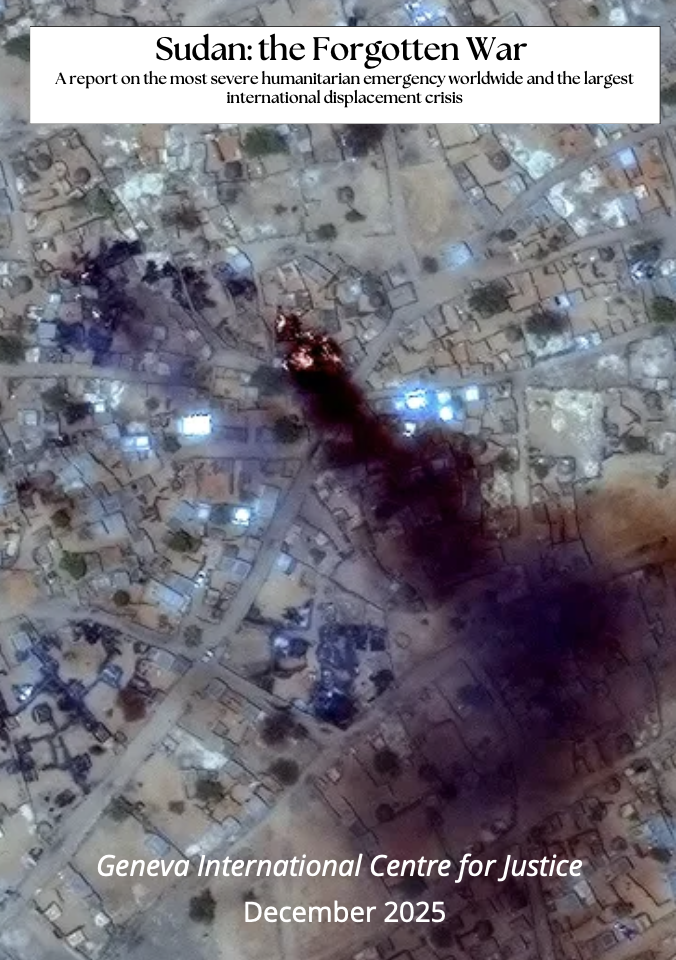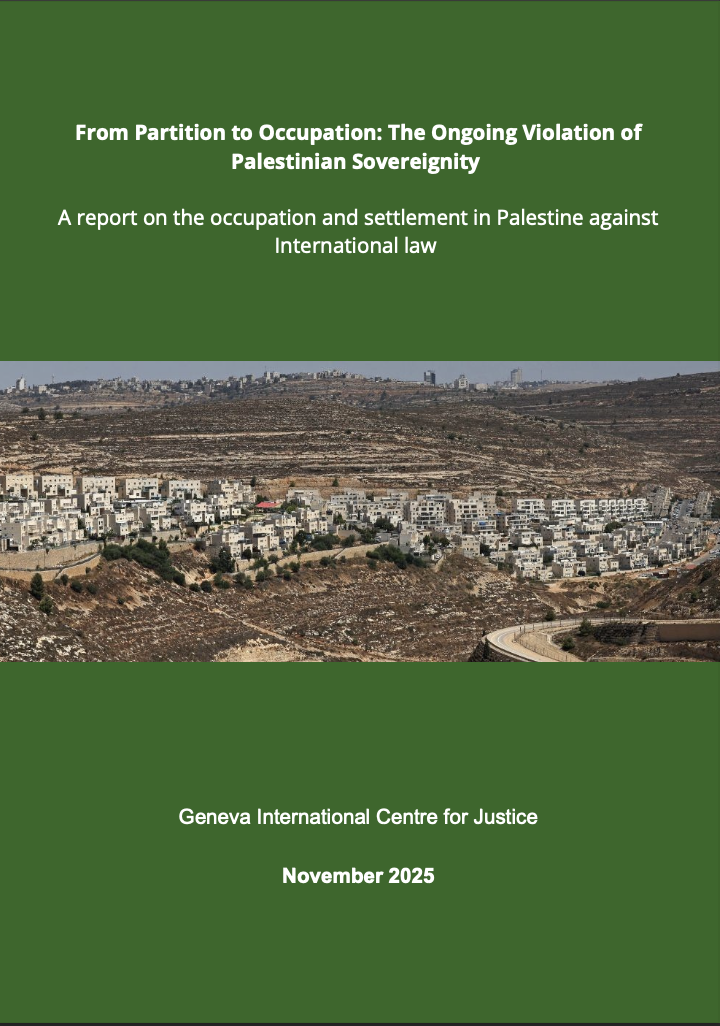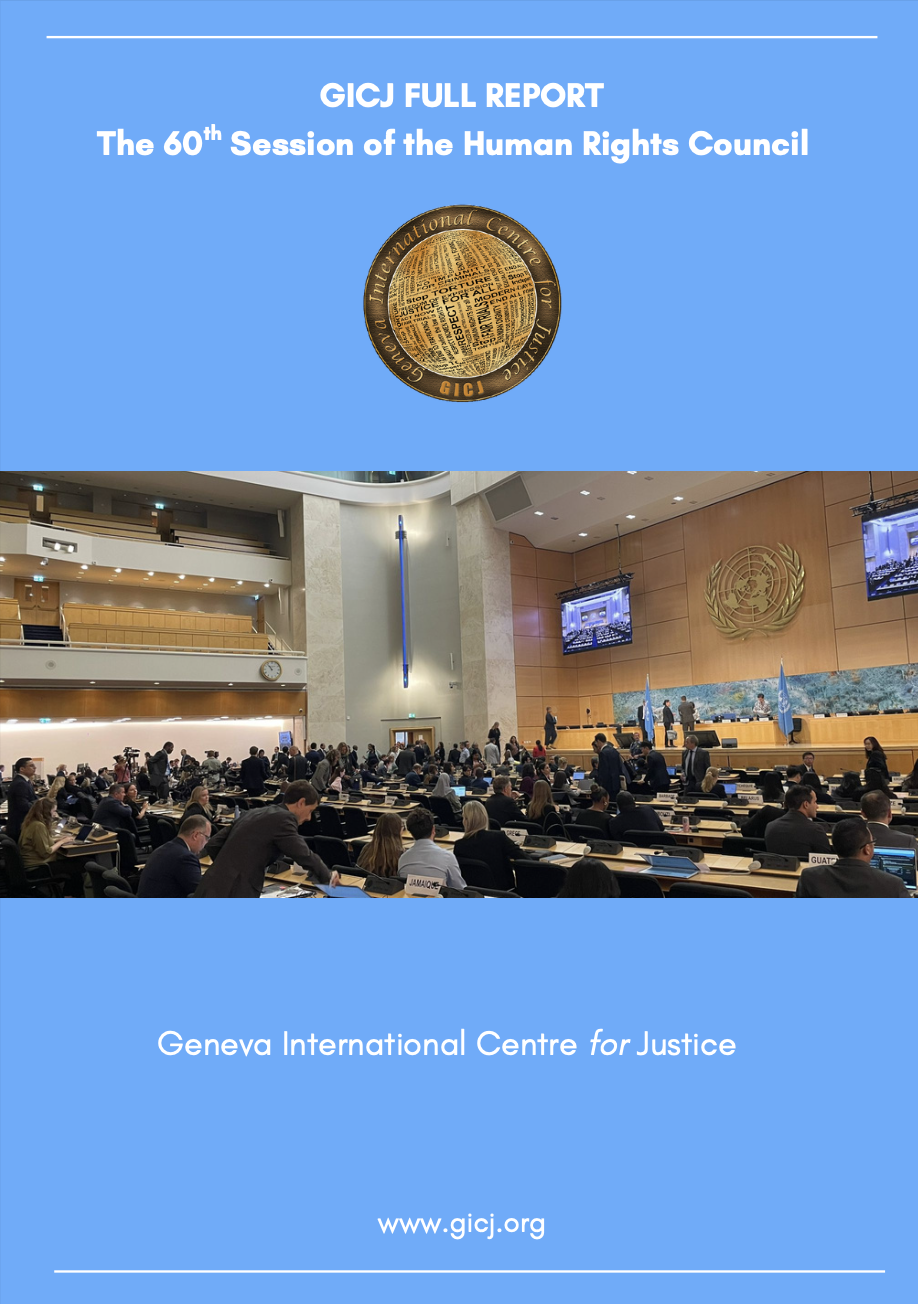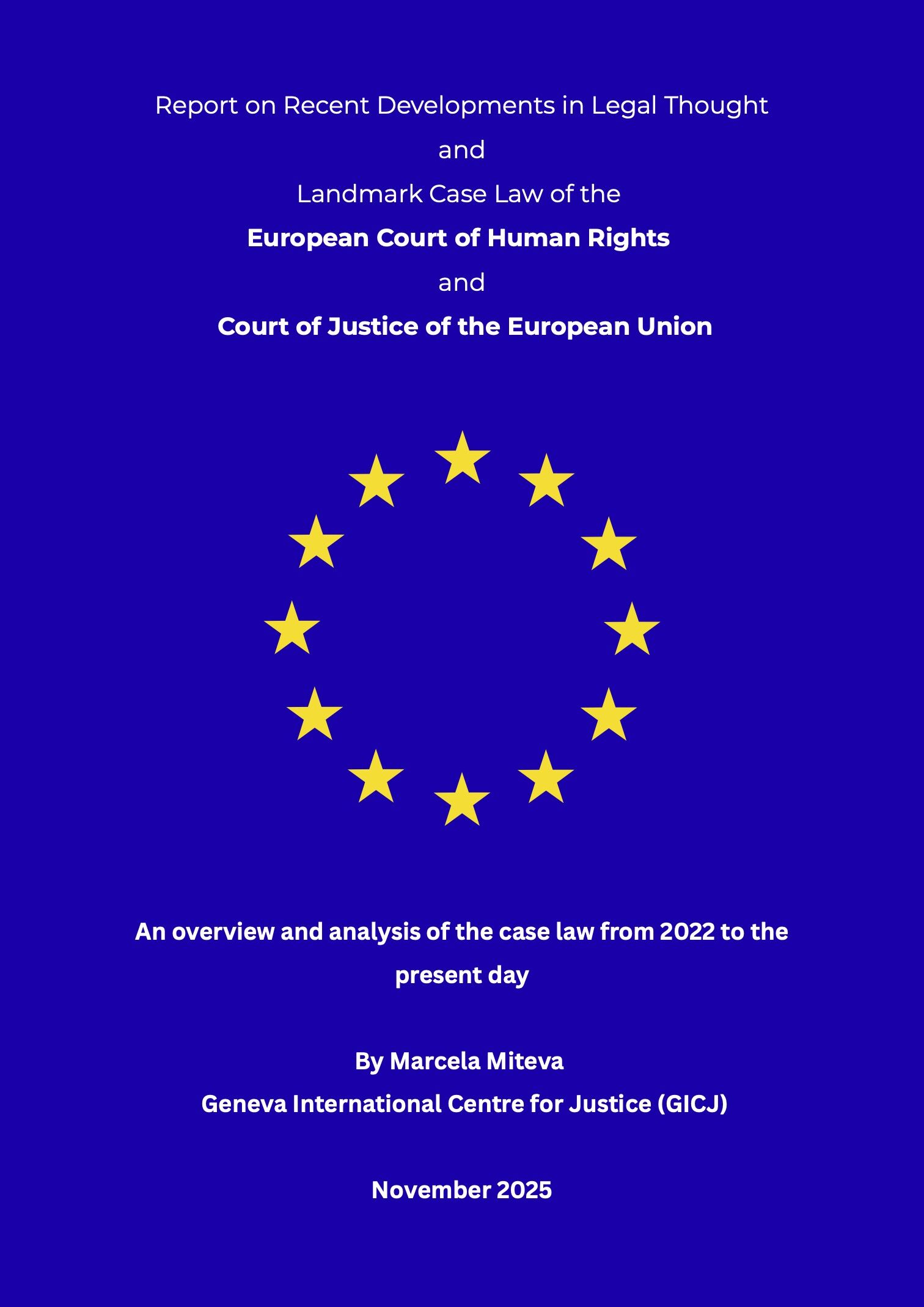By Francesca Maccabruni / GICJ
On the 7th of March 2022, the United Nations (UN) declared that this will be a crucial year for reducing environmental risk, representing one of the most significant challenges of the 21st century [1].
Discussions about climate change tend to focus on the impact it has on the environment. However, we must also stress the devastating effects it has on people: it destroys resources and livelihoods, provokes conflict, causes displacement, and it has an impact on people's capacity to survive.
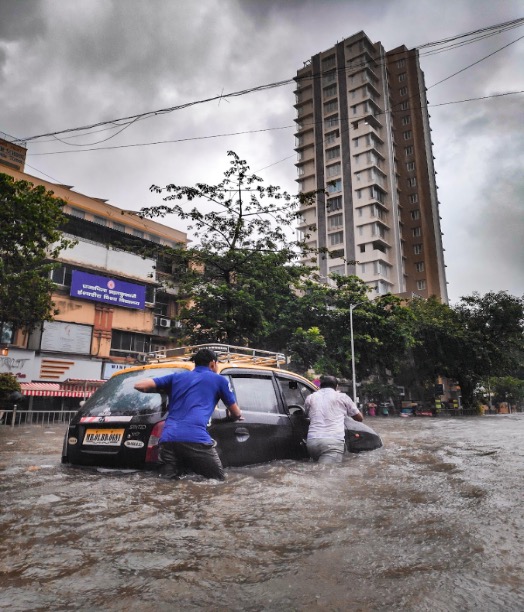 The International Organisation for Migration (IOM) predicts that by 2050, there will be more than 200 million climate migrants [2]. These numbers are deeply concerning, as they predict that about one in 45 people will have to flee their homes due to climate change.
The International Organisation for Migration (IOM) predicts that by 2050, there will be more than 200 million climate migrants [2]. These numbers are deeply concerning, as they predict that about one in 45 people will have to flee their homes due to climate change.
In 2020, the United Nations High Commissioner for Refugees (UNHCR) sought to provide a solution to the problem of climate change by launching the “Operational Strategy for Climate Resilience and Environmental Sustainability 2022-2025” [3]. This climate action mainly focuses on three areas: law and policy, operations, and UNHCR's environmental footprint. The strategy is based on climate risk prevention and management, the development of sustainable energy programmes, as well as aid and support for the most vulnerable countries.
Countries in South-East Asia, Latin America, and Africa are the most vulnerable to climate change migrations. A concrete example can be found in the East and Horn of Africa (EHoA), where agriculture and pastoralism depend on rain. Extreme climate change, such as the high levels of rainfall that have affected the EHoA in recent years have devastated crops, caused hunger, resulted in floods and landslides, caused loss of infrastructure and led to displacement. The International Organisation for Migration (IOM) reports that in 2020 the East and Horn of Africa hosted about 6.5 million internally displaced persons (IDPs) and about 3.5 million refugees [4]. Also in the region of Sahel, due to drought and variable rainfall, water reserves could deplete soon. Climate change undermines the exercise of the right to water and sanitation, and thus exposes the population to health risks. The Committee on Economic, Social and Cultural Rights has established that the right to water involves “the right to be free from arbitrary disconnection or contamination of water supplies”, and the right to a system of water management, facilities and services “accessible to all, including the most vulnerable or marginalised sections of the population” [5].
The United Nations High Commissioner for Refugees (UNHCR) calls on all parties to "combat the growing impacts of the climate emergency on the most vulnerable countries, in particular, those displaced and their hosts" and to take preventive measures to contain displacement [6].
Geneva International Centre for Justice (GICJ) is concerned about the devastating effects of climate change on people and the environment. We believe that it is the responsibility of every state to safeguard and promote the human rights of those affected by the negative impacts of climate change. In order to ensure adequate living conditions, while respecting human rights, governments must use every tool at their disposal to reduce climate risk and prevent excessive damage to the environment. Therefore, we urgently call the international community to share resources with countries that cannot deal with catastrophes to prevent massive migration, which will result in more deaths
United Nations, UN, UNHCR, IOM, climate change, migration, climate migrants, climate actions, save the planet, EHoA, Sahel, right to water, geneva4justice, GICJ, Geneva International Centre For Justice, Justice
[1]https://news.un.org/en/story/2022/03/1113392
[2]https://reliefweb.int/report/world/climate-migrants-might-reach-one-billion-2050
[3]https://www.unhcr.org/climate-change-and-disasters.html
[5]https://www.ohchr.org/sites/default/files/2021-11/HR-climate-change-migration-Sahel.pdf
[6]https://www.unhcr.org/climate-change-and-disasters.html
Image source: https://unsplash.com/s/photos/floods.




